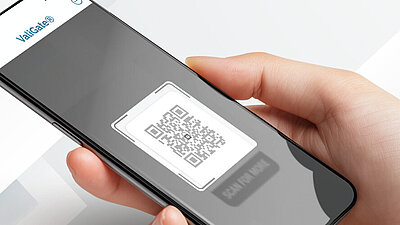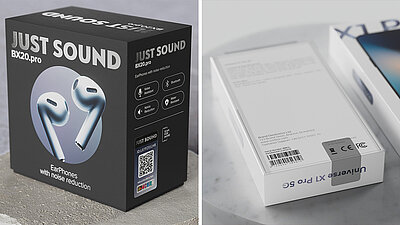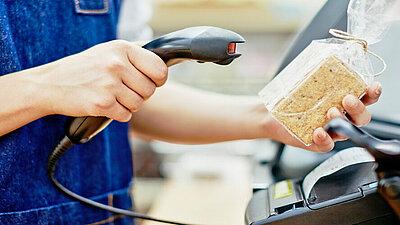Counterfeits sold on Facebook, Whatsapp and co. on the rise

Selling counterfeits: sales platforms replaced by social media channels

Consumers lured in with genuine images and low prices
Counterfeiters tempt buyers with attractive product images and irresistibly low prices on their profiles – which are usually anonymous. Items include fake luxury goods, trainers, medicines, brand-name watches, consumer electronics and much more.
Initial contact with potential buyers is usually via private messaging on the platforms. When an item is purchased, payment is made using external paid payment services, not the channels themselves.
Is it possible to stop the trade in fake products on social media?

Tips for preventing the social media counterfeiting trade:
- Warn the market & consumers: Counterfeits are often inferior in quality and potentially dangerous; trading in counterfeits is a crime.
- Distinction between original and counterfeit: Customers must be able to identify originals at a glance by means of individual authenticity features.
- Identify authorised retailers: Consumers need to know which retailers and shops sell original products.
- Set up reporting options: Consumers, retailers etc. should be able to report counterfeiter accounts and suspicious products to the brand owner.
Such measures effectively make it difficult for counterfeiters to trade covertly and make efficient use of market players as allies in the fight against consumer deception.
Interesting links on this subject
Article in the Sydney Morning Herald on the sale of counterfeit luxury goods on social media
Securing Industry: "Social media increasingly used to sell counterfeits"




